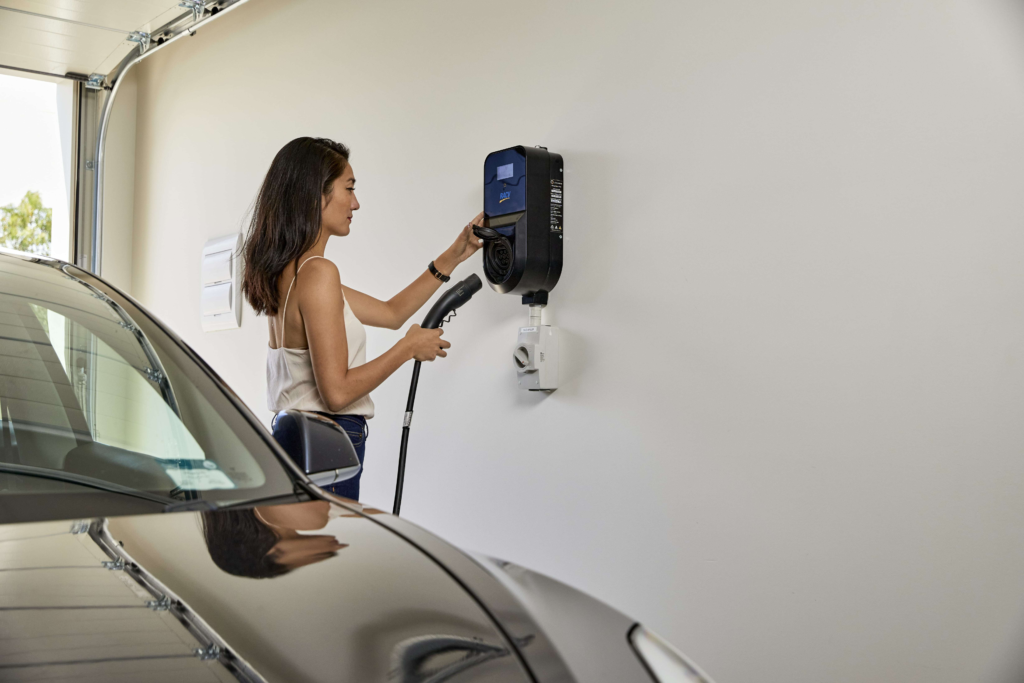Title: Powering the Future: Your Guide to Electric Car Charging
Introduction
Electric vehicles (EVs) are at the forefront of the automotive revolution, promising a sustainable and eco-friendly mode of transportation. With this shift comes the critical need for a robust charging infrastructure. As a trusted electrician, we understand the significance of efficient car charging solutions. In this blog, we will explore the importance of car charging, the types of chargers available, and how to make the most of this evolving technology.
1. Why Car Charging Matters
Car charging is the lifeblood of electric vehicles. Unlike traditional gasoline cars, EVs rely on charging stations to power up their batteries. Accessible and efficient car charging infrastructure is essential to encouraging the adoption of electric vehicles, reducing greenhouse gas emissions, and achieving a sustainable future.
2. Types of Car Chargers
a. Level 1 Chargers (Standard Chargers)
Level 1 chargers are the most basic and widely available chargers. They use a standard household electrical outlet (120 volts) and are suitable for overnight charging at home. While convenient, they offer a slower charging rate compared to higher-level chargers.
b. Level 2 Chargers
Level 2 chargers use a 240-volt power source, providing a faster charging rate than Level 1 chargers. They are commonly found in public charging stations, workplaces, and homes. Level 2 chargers are ideal for daily charging needs and can fully charge most EVs in a few hours.
c. DC Fast Chargers (Level 3)
DC fast chargers are the quickest chargers available, providing high-voltage DC power directly to the EV’s battery. They are typically found in public charging stations along highways and can charge an EV to 80% in 30 minutes or less. These chargers are crucial for long-distance travel.
3. Home Charging Solutions
a. Installing a Home Charging Station
Having a dedicated home charging station (Level 2 charger) offers convenience and faster charging times. An electrician can help install and configure a home charging station to ensure it’s safe, efficient, and compatible with your EV.
b. Understanding Charging Times
Charging times can vary based on your EV’s battery capacity and the charger type. Level 1 chargers are slower, while Level 2 chargers provide a good balance between speed and convenience. DC fast chargers are best for quick top-ups during long journeys.
4. Public Charging Etiquette
a. Be Mindful of Others
Public charging stations are shared resources. Once your vehicle is charged, promptly move it to free up the charging station for other EV owners waiting to charge.
b. Report Issues
If you encounter a faulty charging station, report it to the charging network operator or the respective authorities to ensure timely maintenance and repairs.
Conclusion
Car charging is an integral part of the electric vehicle ecosystem. Understanding the types of chargers available, utilising home charging solutions, and practicing good public charging etiquette can make the transition to electric vehicles smoother and more accessible. As electricians committed to a sustainable future, we are here to assist you in embracing this evolution in transportation and facilitating the adoption of electric vehicles through efficient car charging solutions.

